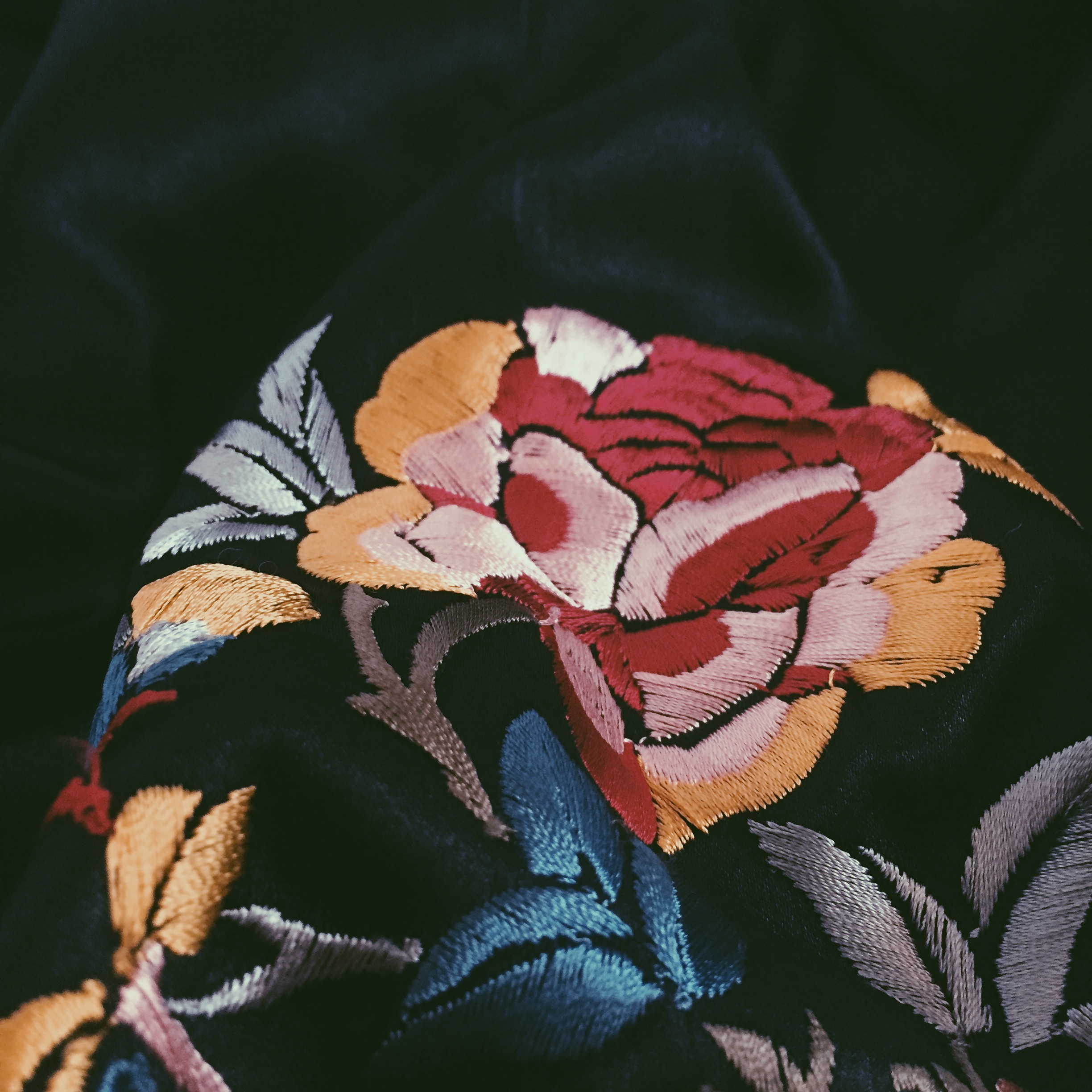As the dissertation deadline looms, we’re spending some time getting to know the current MA Documenting Fashion students. Ruby discusses tartan, Elsa Schiaparelli’s Lobster Dress and 1930s personal style.
What is your dissertation about?
My dissertation is about how the concept of personal style developed in 1930s America. The decade was a spectacular time for American womenswear, as the fashion industry developed rapidly and many (but certainly not all) women began to enjoy much more freedom of dress. I’ve found some great books about personal style from the period, all by women writers, and I’m studying those in tandem with wardrobes and looks from exceptionally stylish and highly visible American women like Mae West, Wallis Simpson, and Barbara Hutton.
What is your favourite thing that you’ve written/worked on/researched this year?
I had a great time working on my Virtual Exhibition, which was a show about the use of tartan in Scottish fashion design. I love Scottish design, and I had been wanting to do something to pay homage to that love for a long time. Also, I’m quite a visual person, so I really enjoyed being able to draw maps of my galleries and select paint colours and all that – admittedly, I got a bit carried away and even made designs for what my display mannequins would look like. They are tartan, of course.
What is something you’ve read this year that you would recommend to anyone?
Anne Hollander’s Seeing Through Clothes has become a bible to me. I now recommend it to anyone who is even remotely interested in dress history! Hollander’s chapter on fabric has fundamentally changed and deepened my relationship with clothing. I also have to echo everyone else and say Daniel Miller’s Stuff. It’s no surprise that all of us in Documenting Fashion are drawn to it. It’s such a well-researched study of why clothing is inherently important to humanity – something which I think we all already believed innately, but it’s comforting to see it supported by someone else’s research.
Has learning about dress history had any effect on your personal style?
Oh my, yes. I already joke that I treat my closet as if I’m building the world’s smallest fashion museum, and now that’s intensified tenfold. I fall in love with every single garment we look at, and I’m never content to just say ‘Oh, that looks great on her’ – I always want one for myself. My eBay searches are a bit out of control these days.
Favourite dress history image?
I could never pick just one! Lately, however, I can’t seem to stop thinking about Gordon Parks’ 1956 editorial photo ‘Evening Wraps at Dawn’. It’s such a textured, tactile image. You can almost feel the nighttime fog beginning to clear and smell the wet pavement and car grease that surround this couple. I love the contrast of her glamorous evening look with the gritty early morning light, and I love that she clearly hasn’t been a well-behaved woman in the 1950s sense – she’s been out on the town with a gentleman until dawn! Also, as a New Yorker, I love that I can gauge almost exactly where Parks would have shot this image. It’s amazing how little the city has changed.

What are you wearing today?
I’m wearing a vintage set from the seventies; it’s a pair of wide-leg pants and a ruffled top in red, yellow, and green Madras plaid. I’m not wearing shoes right now, but when I go outside I’ll probably wear a pair of purple fur and red velvet Prada sandals with big gold buckles. I love them, but they’re highly impractical. There are only a few weeks of the year that it’s the right temperature to wear them, so I have to squeeze in as many outfits with them as I can before it gets too warm!
Where do you get your clothes from?
I’m a big vintage collector, and most of my wardrobe is vintage from eBay, Etsy, and lots of wonderful vintage shops that I’ve hunted down across the years. I supplement that with some secondhand designer pieces from Vestiaire Collective and The RealReal – I try to buy almost everything vintage or secondhand. I also love to support local designers in New York and London, the two places where I split my time right now!
Which outfit from dress history do you wish you could wear?
My answer to this will change every single day, if not every hour of the day, but right now I’d have to say Elsa Schiaparelli’s Lobster Dress that she made in collaboration with Salvador Dalí. I mean, can you imagine anything better for summer?!

How would you describe your style?
Usually I say Victorian-meets-1960s in a candy store colour palette. Recently, as I get deeper into dissertation research, there have been a lot more thirties references mixed in with that too – I think at this point it’s really just a little bit of everything from every era. I’m a magpie.
Do you have an early fashion memory to share?
My earliest memory is actually a fashion memory! I remember my parents taking me aside to tell me that I was going to have a little sister when I was just a toddler, and I wasn’t really paying attention because I was fixated on pulling out a bright blue turtleneck from my wardrobe. I guess I’ve always been a bit too obsessed with clothing.











































